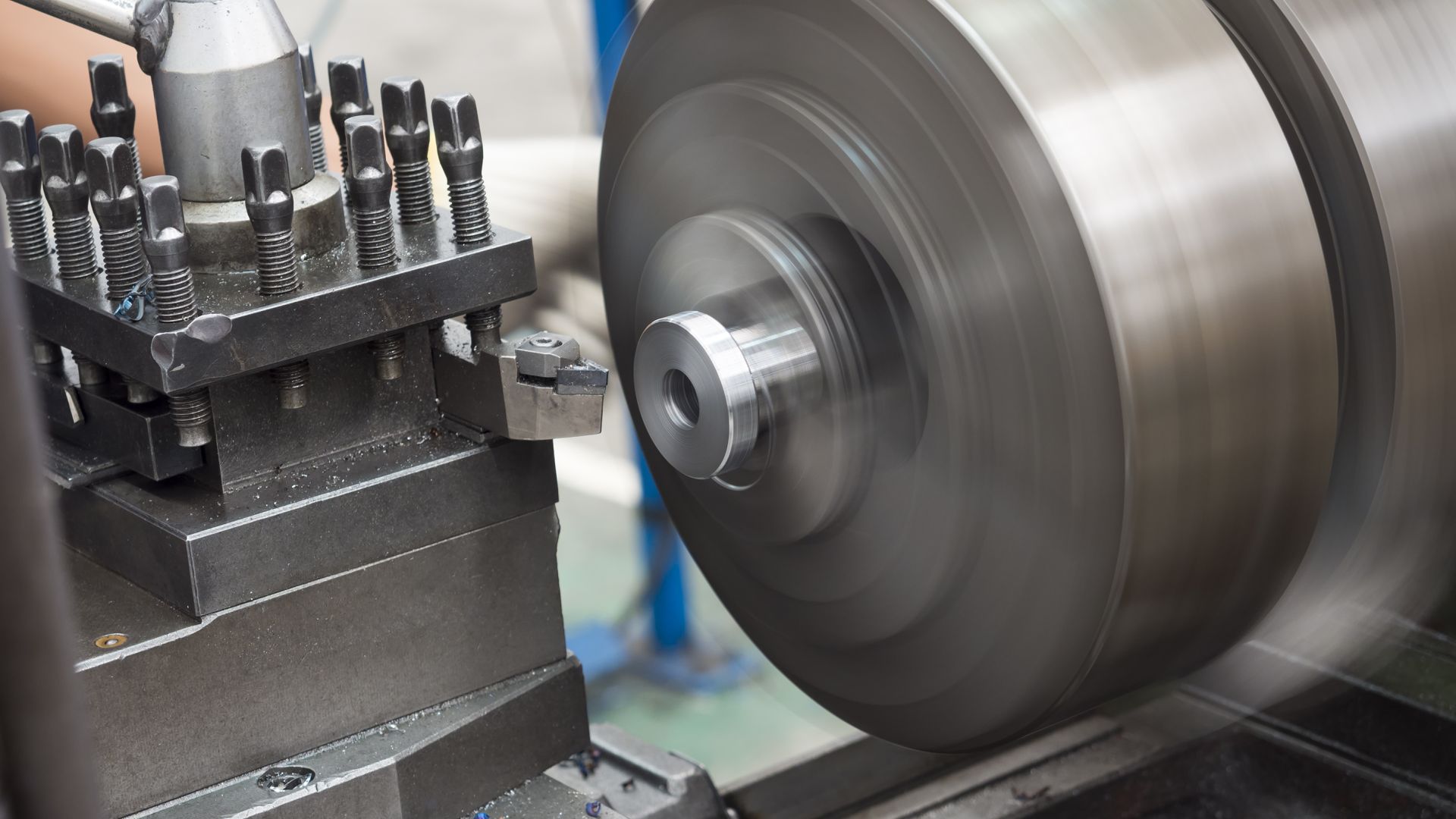Intermediate CNC Turning
Locations

Description
A four-day intermediate course giving a more in depth view of CNC lathe-work, and typical applications in today’s modern engineering environment.
This course enables the candidate to gain a more in depth understanding of the principles employed in CNC turning. It will enable the learner to have an understanding of the safety aspects of automated turning processes used in the manufacturing industry.
Candidates will be introduced to complex Internal Machining, the tooling used and the various profiles associated with it.
Who should attend?
The course is aimed at candidates who have a good basic understanding of CNC turning, who have already completed the AMRC’s Introduction to CNC Turning course (or equivalent), and who have a knowledge of G-codes and programming using Canned Cycles. Candidates will have the desire to up-skill and expand their present abilities to meet the future demands of an ever-changing engineering environment.
We recommend that candidates have attended the AMRC Training Centre Introduction to CNC Turning course before enrolling in the intermediate course*.
*If a candidate has significant experience and wishes to enrol on the intermediate course without attending the introductory course please contact us and we can arrange a call with the CNC Turning Trainer to discuss which course would be best suited to them.
Group bookings:
Claim a discount of £50 per person when booking a group.
To book get in touch at cpd@amrctraining.co.uk. Please note - A minimum of three people is required for a group booking.
Course Content - Intermediate CNC Turning Programme
- A review of Health & Safety in the AMRC and in a CNC environment
- Introduction to the course and recap of the basic functions of CNC machines and the programming involved
- Intersecting radii with tapers
- Use of “Soft Jaw” work-holding devices
- Program practical tasks for producing external features
- Save program download to machine
- Produce part
- Introduction to internal machining
- Canned cycles for internals
- Boring
- Internal profiles, radii
- Internal grooving
- Internal screw-cutting
- Program practical tasks for producing internal features
- Save program and download to machine
- Machine set-up for internal profiles
- Tool setting
- Tool offsets
- Tool wear offsets
- Work offsets
- Set up machine
- Machine both sides of part to specification boring out soft jaws to set up for second side
- Practical application on state of the art machines
- Computer based assessment & certification


